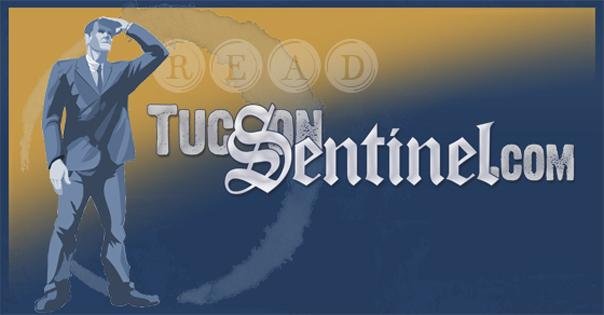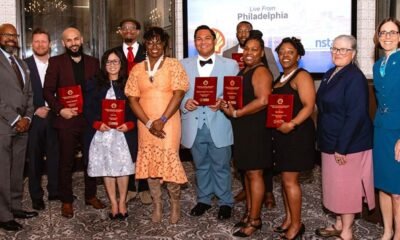Education
Ex-Geography Teacher Tim Walz Maps Out Passion for Cartography

Minnesota’s Governor Tim Walz has a genuine passion for maps. The former geography teacher and current vice presidential candidate identifies himself as a “GIS nerd.” On November 15, 2023, he proclaimed Geographic Information Systems (GIS) Day, emphasizing maps’ role in informed policy-making on issues like education, public safety, and the environment.
Walz has often spoken at conferences hosted by ESRI, the leading maker of GIS software, ArcGIS. These talks reveal how his teaching and congressional experiences with maps shaped his worldview and policy agenda in Minnesota. At a mid-July ESRI conference, he stated, “The end product of these maps is a more sustainable economy, a more sustainable environment, and lifting up people’s lives so they can thrive.”
In the classroom, Walz used GIS software in the 1990s to educate students on topics like the Holocaust by having them analyze data to predict areas prone to modern-day genocides. Alarmingly, his students theorized that Rwanda was at risk—a prediction that tragically came true in 1994.
Walz has also criticized the geographical knowledge of his former congressional colleagues. He recounted an Armed Services Committee meeting where mentioning the Durand Line—Afghanistan’s and Pakistan’s disputed border—was met with blank stares, calling it a “very scary proposition.”
As Governor, Walz leverages maps to communicate complex issues and target policy initiatives. During the COVID-19 pandemic, map visualizations became critical for understanding case counts and spread, reinforcing the importance of GIS in public policy. “GIS helps build trust,” he stated, adding that effective data conveyance builds public trust.
One practical example of GIS application is St. Paul’s lead pipe map, which enables residents to schedule service for pipe replacement. Walz stressed that maps are essential tools for implementing detailed policies on power, economic justice, and environmental justice. “The tools for that plan are GIS,” he asserted, emphasizing that these tools translate visions of fairness into actionable results.
At the ESRI keynote, Walz unveiled the Minnesota Executive Map Portfolio, a collection of maps focusing on his policy priorities such as children and families, climate, and the economy. He highlighted maps of peat bogs, child tax credit eligibility, and youth job skills training rates, showing how GIS data can pinpoint and address community needs.
Walz has also criticized divisive maps, particularly the red-blue electoral maps, arguing that they fail to capture the nuanced data that GIS provides. In a 2017 roundtable, he remarked on the urban-rural divide depicted by these maps, which Republicans later used for political attacks.
Despite such controversies, Walz remains an advocate for the transformative power of maps. Addressing GIS enthusiasts and map aficionados, he declared, “This stuff works. This stuff makes a difference. The map is wonderful to look at. It’s exciting.” An ESRI executive introducing him succinctly captured the sentiment: “He’s one of us.”


















